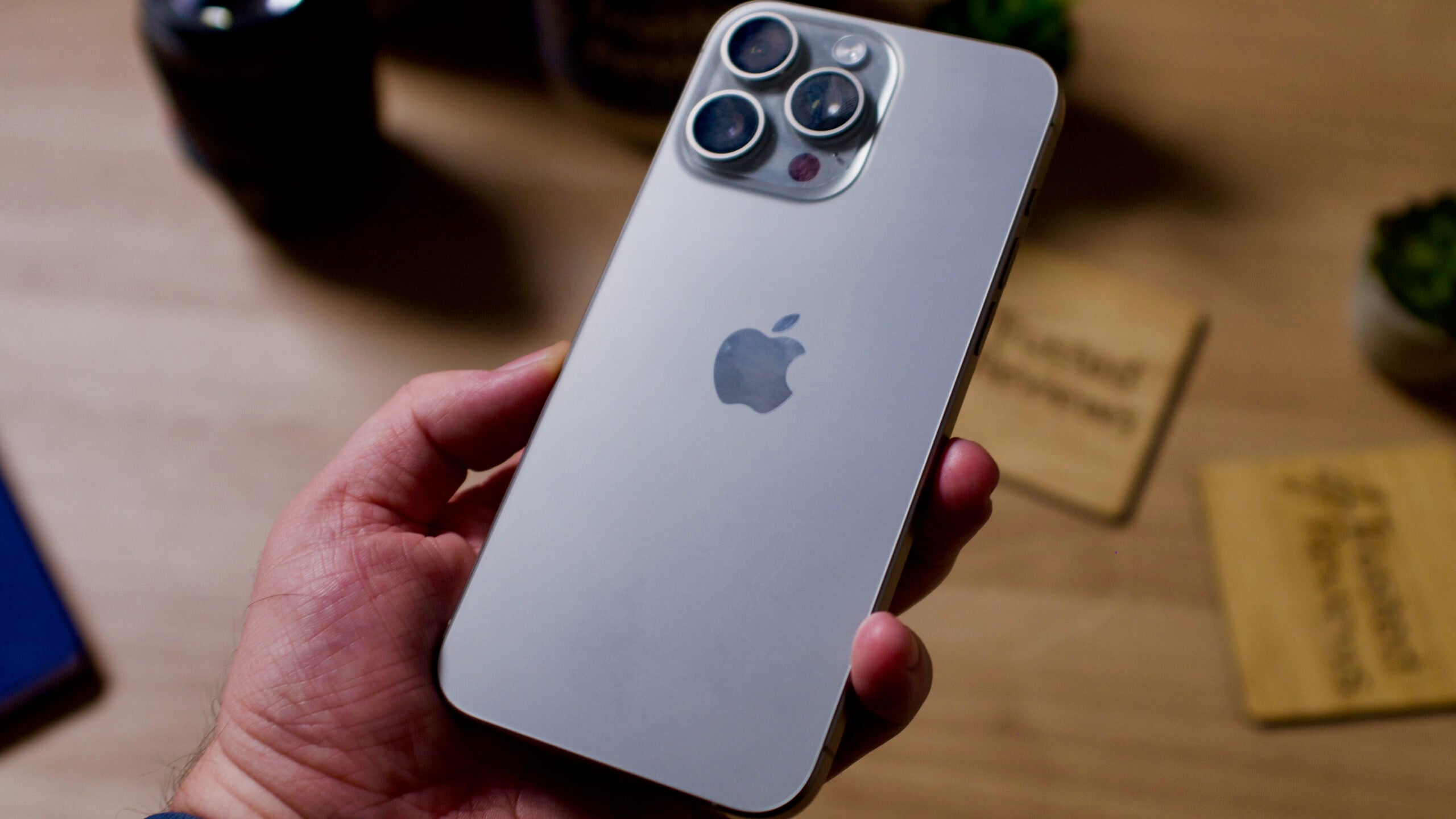What is a HEIF file? The JPEG replacement explained

If you’ve ever uploaded images to your desktop from an iPhone or camera, you may have come across a file format called HEIF.
Keep reading to discover everything you need to know about HEIF images, including their benefits, drawbacks and how they compare to JPEGs.
What is a HEIF file?
HEIF is a container format designed for storing digital images and image sequences, or bursts. HEIF being a container format means it can also include other media streams, such as video, audio and timed text, as well as images encoded with both SDR and HDR.
The acronym HEIF stands for High Efficient Image File Format.
Like JPEG, HEIF is a lossy compression format. This means that files exported as HEIF images do not contain all of their original data, allowing the files to be much smaller and quicker to load and share.
HEIF files also support transparency and up to 16-bit colour whereas JPEG files are limited to 8-bit colour and do not support transparency.
The HEIF standard was first developed by the Moving Picture Experts Group (MPEG) in 2015 and officially adopted by Apple as .heic in 2017. Android has followed suit since then, as have some major camera manufacturers, including Canon and Fujifilm.
HEIF encompasses several file extensions, including the interchangeable .heif and .heic for images and .heifs for sequences. All of these extensions are based on the High Efficiency Video Compression (HEVC) standard.
Is HEIF or JPEG better quality?
Both HEIF and JPEG are lossy compression formats, however HEIF files have the edge in many ways.
HEIF files are crisper and higher-quality than JPEGs, allowing them to be stored as smaller files without losing the same amount of detail that an equivalent-sized JPEG would.
The HEIF format can also store high-contrast details and compress huge amounts of video data.
That said, JPEG is still the format most universally used. This means that unsupported operating systems and browsers including Windows, Chrome, Firefox and Safari require HEIF files to be converted into JPEGs to be viewed. The same goes for mainstream social media platforms, including Facebook, Instagram and Twitter.
Thankfully, it’s very easy to convert a HEIF file into a JPEG. In fact, your iPhone already does so automatically when you transfer images from your iPhone to any unsupported platform.








